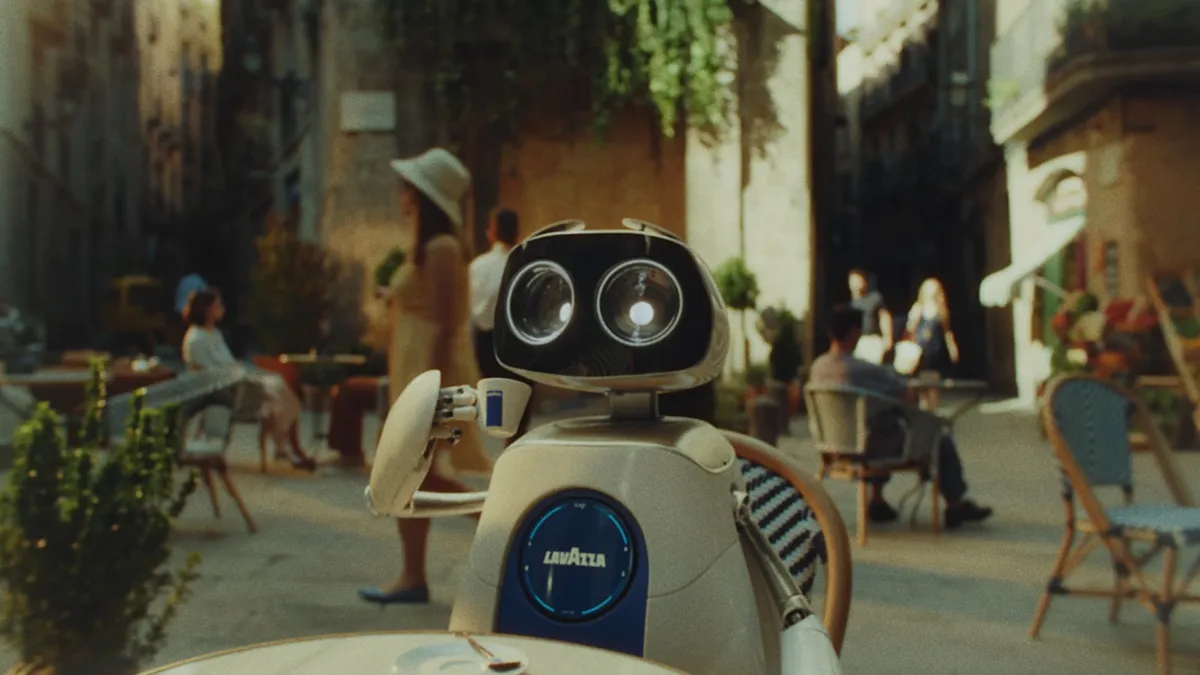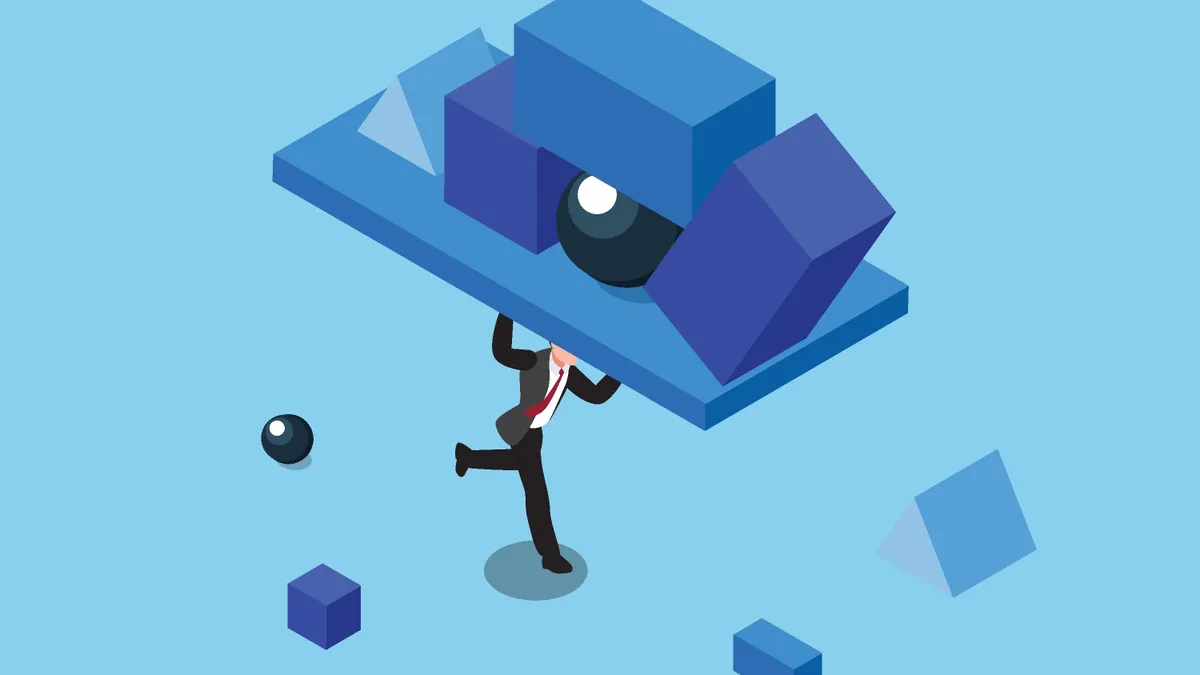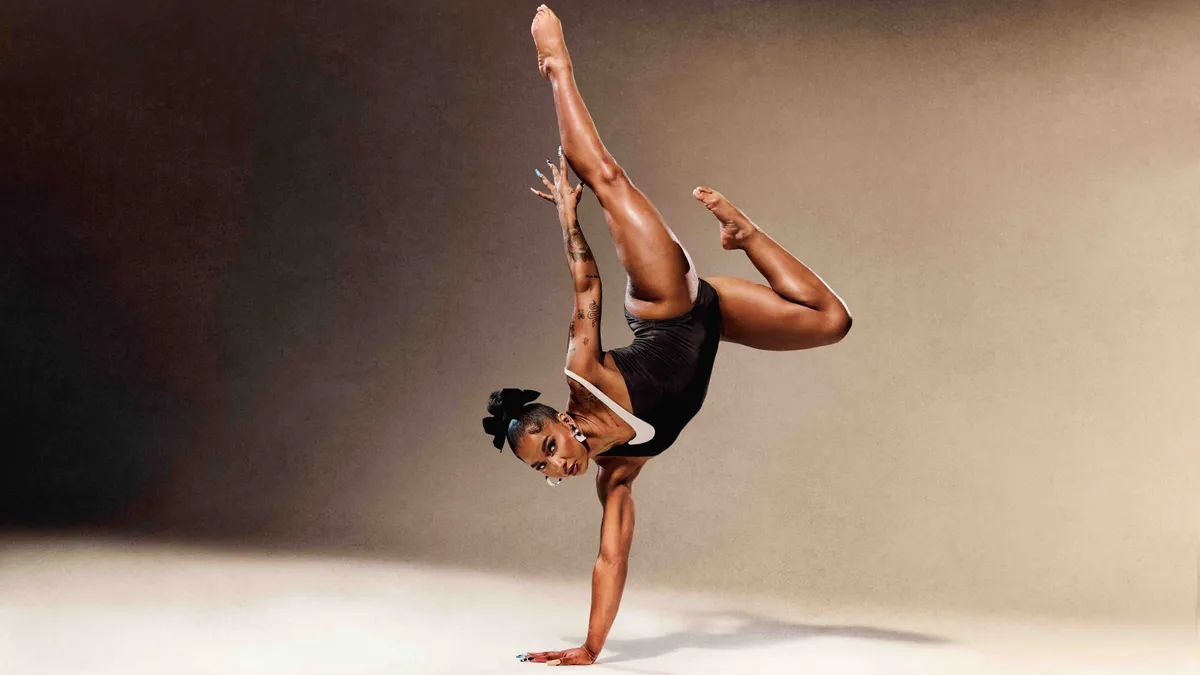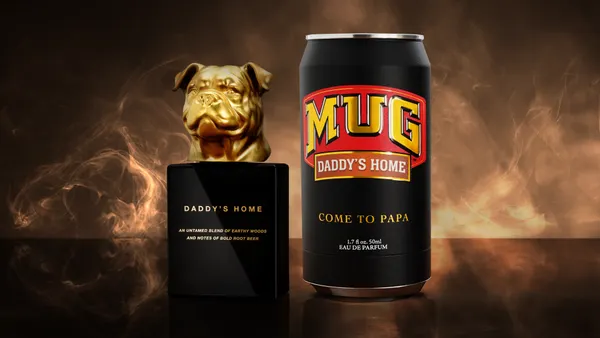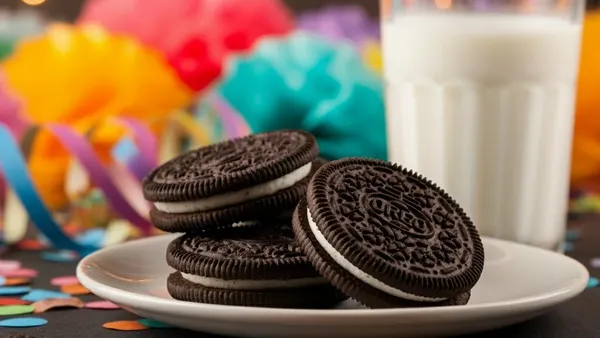Campaign Trail is our analysis of some of the best new creative efforts from the marketing world. View past columns in the archives here.
Artificial intelligence (AI) has remained at the top of the agenda in the intersecting worlds of marketing, media and technology for a second year in a row. In adland, results from AI experiments were mixed: Brands including Coca-Cola and Toys R Us faced backlash for using generative AI to create ads, while tech giants Google and Apple stumbled when pitching use cases for the technology.
As advertisers and technologists rushed to explain what AI can do, Lavazza demonstrated what still separates humanity from the most cutting-edge technology with its “Pleasure Makes Us Human” campaign.
A 90-second ad introduces viewers to Luigi, a smartwatch-activated, coffee-serving robot somewhere between the titular character from “WALL-E” and Eve from this year’s “The Wild Robot.” After a day of rolling around an office and serving coffee (soundtracked by the dulcet tones of “Que Sera Sera”), Luigi takes one sip of coffee and envisions a different life: driving along the Italian coast, making sandcastles, gesturing with his hands at a museum, reading the newspaper at a cafe.
But Luigi’s dream is cut short when the coffee causes him to short circuit. Enter a pair of helpful engineers: Steve Carell and John Krasinski. The reunited stars of “The Office” are featured in additional 30-second spots, with different cuts of the ads running across TV and social platforms, as Lavazza looks to establish itself as a global brand with Italian DNA.
“We landed on the idea of pleasure as an attribute,” said Carlo Colpo, marketing communication director and brand home director of Lavazza Group. “It’s a global one, but still very much understood and linked with the Italian lifestyle.”
To demonstrate the pleasure of la dolce vita — across fashion, design, gastronomy and heritage — the brand looked for an engaging, surprising approach and landed on AI as embodied by a robot who desperately yearns for human experiences. The dream balances both retro and futuristic ideas, warm emotions and a touch of irony, among other juxtapositions.
“This concept is based on this big tension between AI and pleasure. Then we added additional tensions, like the past and the future, like Luigi being the name of both our founder and the robot,” Colpo said. “It’s not our enemy — in the end, it’s us.”
Global icons, US focus
While Luigi is the focus, the hero spot ends with a double shot of star power in the form of Carell and Krasinski. This approach contradicts the tendency of celebrity-powered advertising to lead with familiar faces, perhaps giving the ads a better chance to break through.
“They are boosting [the story], instead of owning it,” Colpo said. “Both of them are bringing a level of humanity and lighthearted sophistication that is not something easy to be found out there.”
To center the ads on Lavazza coffee and the robot character, the brand relied on Carell and Krasinski’s true friendship and natural chemistry, rather than having them play characters or nod to their roles from “The Office” (as has been the case for many ads featuring the former co-stars).
“We asked them to be themselves,” Colpo said. “During the discussions with both Steve and John, it was very, very important to set the entire relationship and partnership with them this way.”
As Lavazza looks to establish itself in the U.S. market, having two of the country’s recognizable Hollywood stars was a “bingo,” explained Daniele Foti, marketing vice president for North America at Lavazza Group. But the celebrity partnership is only part of the company’s strategy.
“First of all… we always talk about our Italian soul — that has been done through the campaign,” the executive explained. “The second thing is actually passing the message which is relevant for a consumer. We want to get close to them, talk to the right people, with the right message, in order to be able to get connection with them.”
Connecting over a cup of coffee: What could be more human that that?


